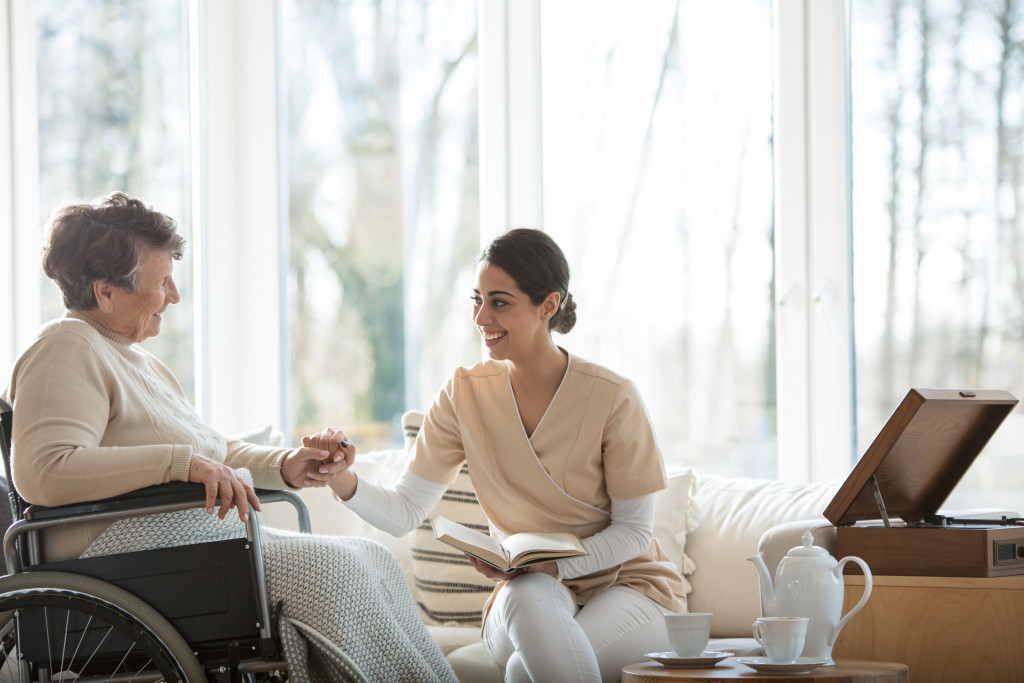• Parkinson’s Disease (PD) is a progressive neurological disorder caused by the lack of dopamine in the brain. It can lead to difficulty with movement, tremors, muscle stiffness, and impaired balance or coordination.
• Common PD symptoms include shaking or tremors, stiff muscles, slow movement, fatigue, depression, anxiety, sleep disturbances, memory problems, and cognitive impairment.
• Living with this disorder can have emotional and physical implications, such as difficulty completing simple tasks, decreased mobility, fatigue, and cognitive decline over time.
• Treatment options for PD include home care, medications, surgery (such as deep brain stimulation), and alternative therapies like physical therapy, occupational therapy, and more.
Parkinson’s disease is a neurological disorder that can affect the lives of those living with it and their loved ones. It’s estimated that about 500,000 Americans have the disease, and awareness of how it can impact an individual’s life is essential. Here’s a look at what Parkinson’s Disease is, its symptoms, and how it can affect your daily life.
What is Parkinson’s Disease?
Parkinson’s Disease (PD) is a progressive disorder of the central nervous system that affects movement, mainly due to the lack of dopamine in the brain. Dopamine is a chemical messenger found in areas of the brain that control movement and coordination. When dopamine levels become low, people with PD experience difficulty controlling their actions and may suffer from tremors, muscle stiffness, and impaired balance or coordination. Over time, the disease can lead to difficulty walking, talking, and carrying out everyday tasks.

Symptoms of Parkinson’s Disease
The main symptoms associated with PD are shaking or tremors (especially in one hand), stiff muscles, slow movement (bradykinesia), and impaired balance or coordination (postural instability). Other associated symptoms include fatigue, depression, anxiety, sleep disturbances, memory problems, and cognitive impairment. In addition to these physical symptoms, non-motor symptoms include digestive issues such as constipation or nausea; vision problems; changes in speech; sweating; skin changes; pain; sexual dysfunction; mood swings, and cognitive decline over time.
Impact on Daily Life
Living with PD can have emotional and physical implications for those affected. Emotionally speaking, individuals may become frustrated when they cannot do things they once could easily do before being diagnosed, such as simple tasks like walking or writing clearly. Physically speaking, individuals will likely experience an overall decrease in mobility which will cause several other day-to-day issues, such as difficulty getting dressed or preparing meals independently. Fatigue is another common symptom associated with PD, which can make it difficult for individuals to complete activities of daily living like cleaning the house or even going for a walk outside. As PD progresses, these activities become increasingly more difficult for those affected.
Treating Parkinson’s
There might be no cure for this disorder, but there are ways to treat it. Here are some of those ways:
Home Care
If there is one thing you’ll need once this disease gets severe, it’s home care. Most people who have Parkinson’s will need assistance with their daily activities. This can include help with managing medications, physical therapy, and even emotional support. When hiring someone for home care, ensure they’ve taken suitable health care courses. These courses can determine the quality of care you will receive.
Medication
Various medications are available to help people cope with Parkinson’s disease. These include dopaminergic drugs, anticholinergics, levodopa/carbidopa, and other medications to treat symptoms like tremors and muscle stiffness. Individuals must work closely with their doctor to find the right combination of medicines that will help them manage their symptoms.
Surgery
For some individuals, deep brain stimulation (DBS) may be an option to help reduce the effects of PD on movement. DBS is a surgical procedure where electrodes are implanted into some brain regions and then stimulated using electrical pulses. This procedure has successfully reduced symptoms such as tremors, muscle stiffness, and difficulty walking.
Alternative Treatments
In addition to medical treatments, other alternative methods can be used to help manage the symptoms of PD. These include physical therapy, occupational therapy, speech therapy, yoga, tai chi, and acupuncture. These treatments can help individuals maintain flexibility and mobility and improve balance and coordination.
Regardless of the severity of your Parkinson’s Disease diagnosis, it is essential to remember that you are not alone in this journey! Many resources are available to help you better manage your condition, so don’t hesitate to reach out for help! With proper management strategies, you may maintain some level of independence while still enjoying quality time with friends and family members! In addition, there are support groups available both online and locally that provide valuable information about managing your condition and connecting people living with similar situations, so you never feel like you’re facing this alone!

